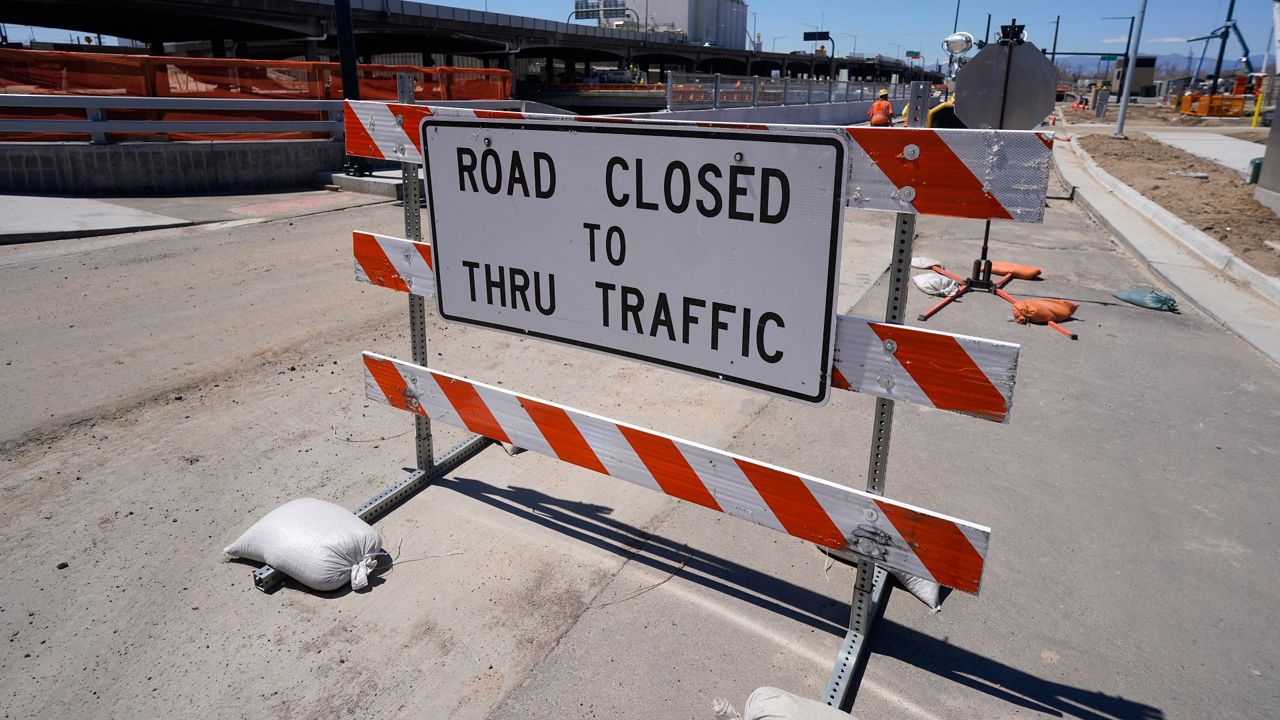DALLAS — Texas is slated to receive about $35 billion to improve the state’s roads and byways, thanks to President Joe Biden’s recently signed federal Infrastructure Investment and Jobs Act. The investment comes just in time as a new study reveals that bad roads, aging bridges and crumbling infrastructure is costing Texas drivers approximately $682 a year.
Nationally, deteriorating roads and infrastructure on average cost American drivers $556 every year. To calculate this average, analysts examined how poor infrastructure contributed to the overall wear and tear on vehicles, as well as how much of the cost of repairing poor roads and bridges passed onto drivers. The research also considered time lost when drivers’ commutes were rerouted or delayed while roads were being repaired.
Texas ranked 19 in a survey of all 50 states, in which the number-one ranking state, Rhode Island, had the worst overall road quality. That put Texas in the worst fifth of the nation in terms of road quality, where 22% of roads are deemed “non-acceptable.”
But Texas, which has more bridges than any other state, had a smaller percentage of bad bridges than many other states, the study showed. Just 1%
“The thing that saves Texas is that while the state has a fairly high percentage of non-acceptable roads, the reason Texas isn’t worse is that only 1% of its bridges are in the poor condition category,” said Nick VanZint, an analyst with QuoteWizard, a research group that does studies for the insurance industry. “Texas has pretty good bridges which are ultimately what keeps it from being right near the bottom in terms of overall road conditions.”
Where there's higher money sent ultimately have much better roads, he said.
The study looked at the percentage of each state budget allocated to infrastructure repairs. Texas was the 6th lowest when it came to state spending on road and bridge repair.
The study compared and ranked states using data from state budgets and from the Federal Highway Administration and Bureau of Transportation Statistics.
Rhode Island, while the smallest state by size in the nation, ranked at the top of the list of states with the worst overall infrastructure. Half of the state’s roads were deemed “non-acceptable, while 23% of its bridges were bad. Still, the state spends only 2% of its budget on infrastructure repair.
As a result, Rhode Island drivers were spending about $823 a year extra because of poor infrastructure in the nation’s tiniest state.
“America, in general, has bad infrastructure,” VanZint said. “The states that have better roads and bridges are those states that invest money into repairs.”
Analysts for the study looked at the cost of aging roads and found two things to consider: the cost of repairing the road and the cost of repairing your car.
When they ranked states by how much drivers are paying for road repairs, they found that drivers in Oklahoma, California and Rhode Island paid the most, while drivers in Georgia, Oregon and Tennessee paid the least.
Under the massive, bipartisan federal infrastructure act, Texas will receive $537 million for bridge replacements and repairs over five years, and $27 billion for roads, according to the White House. The Lone Star State would receive $3.3 billion to improve public transportation, $408 million to provide charging stations for electric vehicles and $100 million to help expand broadband service.
The infrastructure money will also come with as many as 455,000 jobs, VinZant said. Analysts estimate that with every $1 billion invested, about 13,000 jobs are created.
The bill is the largest investment in America’s infrastructure in a decade.
While the bill will not fix all the problems, it will go a long way to improving infrastructure, VinZant said. “It’s a step in the right direction.”
In places where congestion is a problem in big cities and getting people where they are going faster is a concern, more investment will likely be needed in public transportation, he said.
“Simply adding capacity doesn’t fix that problem,” he said. In other words, adding a lane to a highway will lead to that lane getting filled up the day after it opens in most big cities, he explained.
“The only real way to fix traffic congestion is to invest in public transportation,” he said.



